July 23, h.12:00, University of Toronto, Sidney Smith Hall

Nout out in Geographica Helvetica – https://www.geogr-helv.net/73/203/2018/
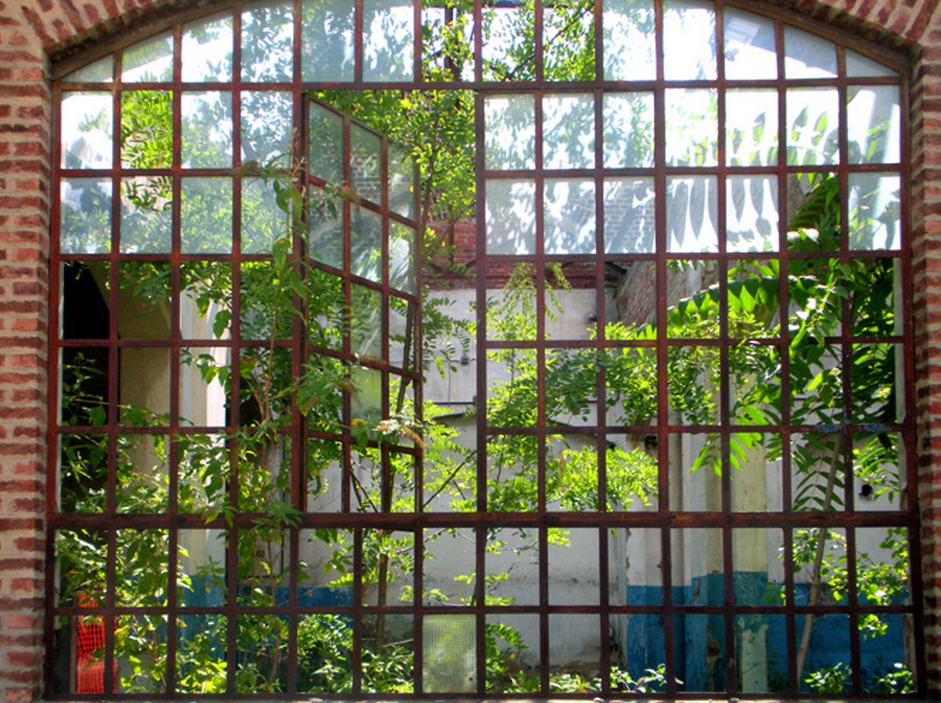

OUT NOW in CULTURE, THEORY AND CRITIQUE
The vegetative stratum is a layer of existence that is inherent not only in plants. Here, I propose to look at how vegetative life – or, the vegetative mode of existence – affects cities. The vegetative mode of existence is not focused on activities, routines, achievements. Here appears a city that is not industrial or industrious. When the industrious city retreats, or falls apart, the vegetative stratum becomes visible. The vegetative city is a city without any central nervous system. I suggest the interpretation of the vegetative city as a hopeful manifestation of the urban that only takes place when the time is ripe.
Also here
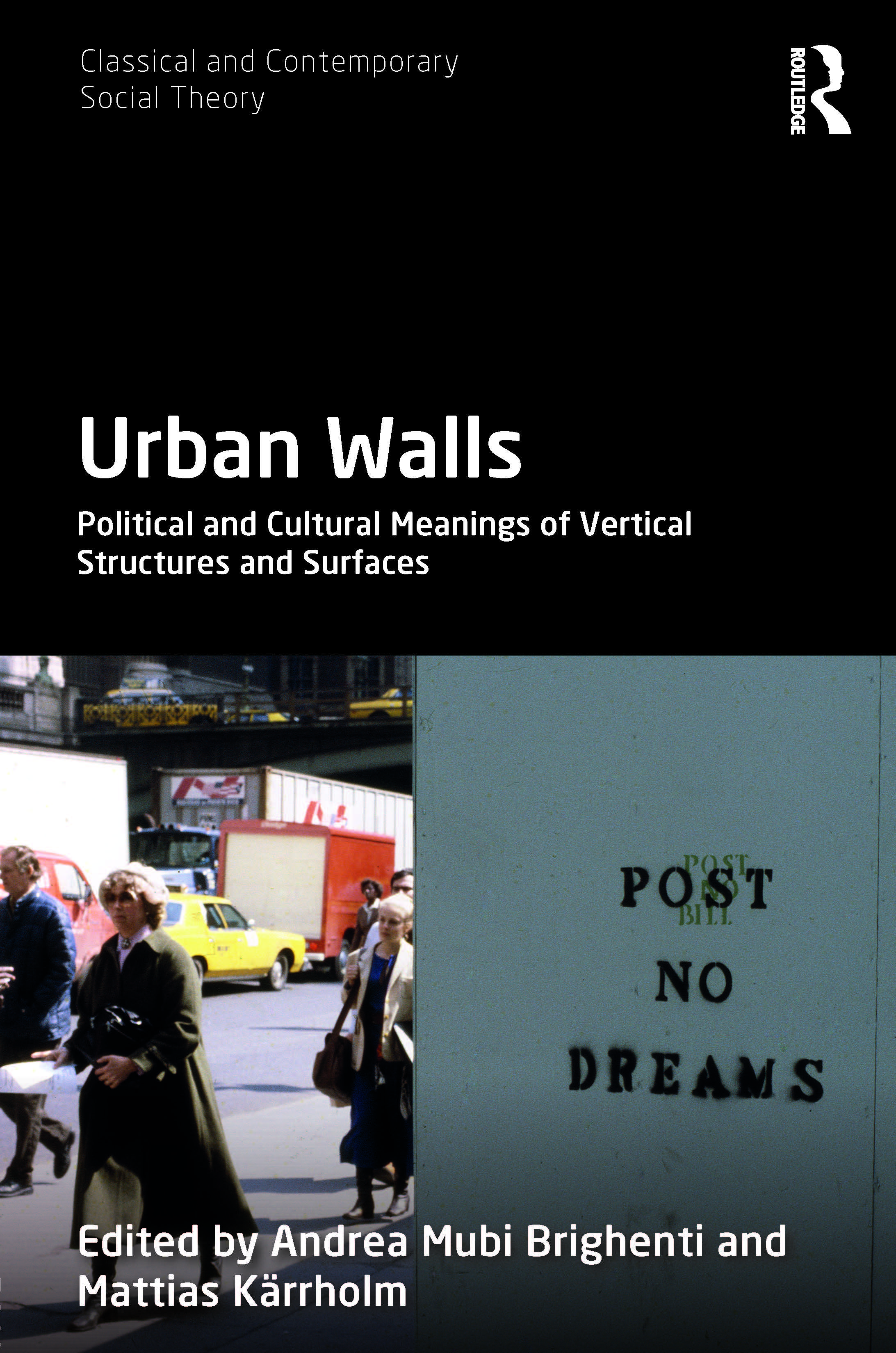
Volume Edited by Andrea Mubi Brighenti & Mattias Kärrholm. Published by Routledge – Classical and Contemporary Social Theory Series, 2018.
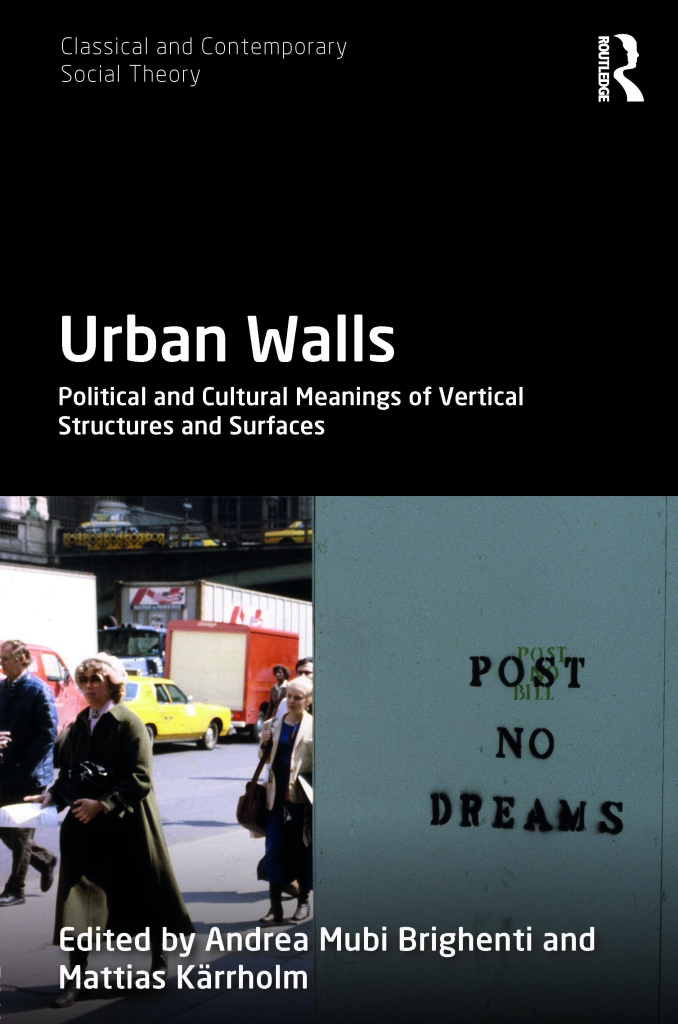
In recent years, an increasing number of separation walls has been built around the world. Walls built in urban areas are particularly striking in that they have exacted a heavy toll in terms of human suffering. At the same time, however, homeless and displaced people, unprotected by any walls, often terrorised by irregular militias or evicted by the state police, have likewise endured terrible ordeals. From time to time, walls are invoked, promised, contested, challenged, struggled over. They can be protective, but the protection they grant is always selective to a significant degree. Not only does the fundamental ambivalence of walls seems intrinsic, but the spatial functioning cannot be reduced to a black-and-white picture – walls as either simply ‘good’ or ‘bad’. This collection invites to inquiry into the complexities of the social life of walls. Urban and urbanised spaces are here observed as veritable laboratories of wall-making, places where their consequences become most visible. In perspective, the essays collected here also invite to consider how urban walls today extend into media spaces, drawing a complex geography of separation, connection, control and resistance.
Table of Contents
Introduction. Andrea Mubi Brighenti & Mattias Kärrholm, The Life of Walls – In Urban, Spatial And Political Theory
Part I. The Politics of Urban Walls
Alison Young, On Walls in the Open City
Florine Ballif, Dismantling Belfast Peacelines. New physical arrangements in amidst conflict
Pete Chambers, Walling Through Seas. The Indian Ocean, Australian border security, and the political present
Claudio Minca & Alexandra Rijke, Walls, walling and the immunitarian imperative
Pedro Victor Brandão & Andrea Pavoni, Screening Brazil: Footnotes on a Wall
Part II. Cultures of Walls
Ella Chmielewska, Afterimages of Warsaw. Of Walls and Memories
Emma Nilsson, Wall Terrains. Architecture, body culture and parkour
Karin Grundström, Gating housing in Sweden: Walling in the privileged, walling out the public
Sabina Andron, The Right to the City Is the Right to the Surface: A Case for a Surface Commons
Jérôme Denis & David Pontille, The Multiple Walls of Graffiti Removal. Maintenance and Urban Assemblage in Paris
Lachlan MacDowall, Walls as Fleeting Surfaces. From Bricks to Pixels, Trains to Instagram
Endorsements
Walls and cities have long been partners, but their relationship has been understudied. This creative and important collection takes the social and political work of the urban wall seriously. Rather than a self-evident object, the wall becomes lively, talkative, mobile, and ambivalent, dividing yet also connecting. A valuable and original contribution.
Nicholas Blomley, Professor of Geography, Simon Fraser University, Vancouver
It is a remarkable feat for an edited volume to read as cohesively and with such strong focus as Urban Walls. The walls included here (violent walls, but also vulnerable ones; aquatic, immunising, yet totally exposed and medialised walls; affective and playful, immaterial and palimpsestic walls) are marked by the wounds of history, geography and politics that surround them but also that are generated by them. These walls feel as material and fleshy as if we were placing our hand on their surface.
Andreas Philippopoulos-Mihalopoulos
Professor, Law & Theory, University of Westminster, London
An instructive and compelling examination of walls in their multiple present forms. The emphasis on the material and vertical puts this at the heart of contemporary debates. Historically situated, richly illustrated, and with a view to wider themes as much as empirical detail, this is an important contribution to politics, geography and urban studies.
Stuart Elden, Professor of Political Theory and Geography, University of Warwick
(with Andrea Pavoni)
NOW PUBLISHED in Azimuth 10.
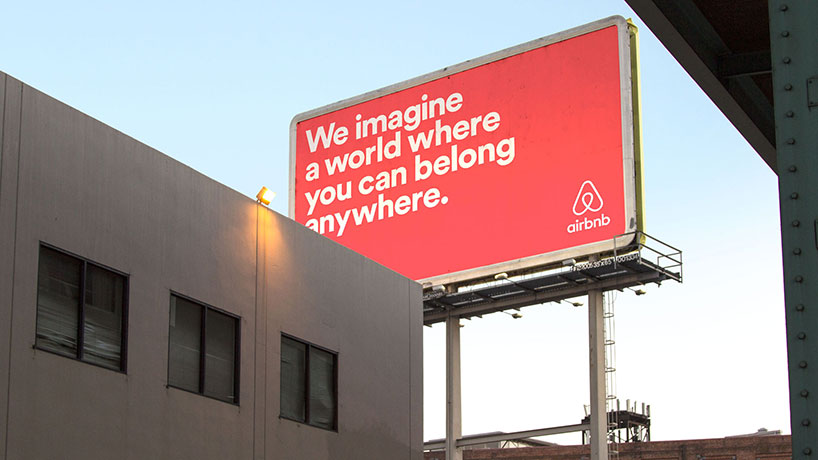
In this paper, we seek to show how the notion of technophysics can be applied to better understand the experience of contemporary urbanism. We argue that technophysics exists in dynamic relation to an atmoculture of urban space, whereby the technological and the cultural meet on a deeply affective-atmospheric terrain. Contemporary technophysics and atmoculture collaborate in the quest for comfort and the flight from its antonyms (stress, unease, and fear), but they are also riddled with tensions and contradictory outcomes …
Now published in Theory, Culture & Society 35(1) http://journals.sagepub.com/toc/tcsa/35/1
Abstract
Issues of measure and measurement, and their relation to value and values, are of concern in several major threads in contemporary social theory and social research. In this paper, the notion of ‘measure-value environments’ is introduced as a theoretical lens through which the life of measures can be better understood. A number of points are made which represent both a continuation and a slight change in emphasis vis-à-vis the existing scholarship. First, it is argued that the relation between measure and value is necessarily circular – better, entangled. Second, a conceptualisation of measures as territorialising devices is advanced. Third, importance is given to the fact that measures are not simply tools in our hands, they are also environments in which we live. Fourth, attention is drawn to the fact that the unit (n=1) is not just a quantitative happening among others, but is qualitatively distinct.
http://journals.sagepub.com/doi/abs/10.1177/0263276416689028
From the iconic ghetto to the cosmopolitan and beyond (with Chiara Bassetti)
now published in Etnografia e Ricerca Qualitativa
(with Cristina Mattiucci) in Progetto Città-Valli, Quaderno n. 1 – ESSERE CITTADINI IN MONTAGNA
brighenti-mattiucci-2017-questioni-aperte
NOW PUBLISHED in Journal of Urbanism: International Research on Placemaking and Urban Sustainability
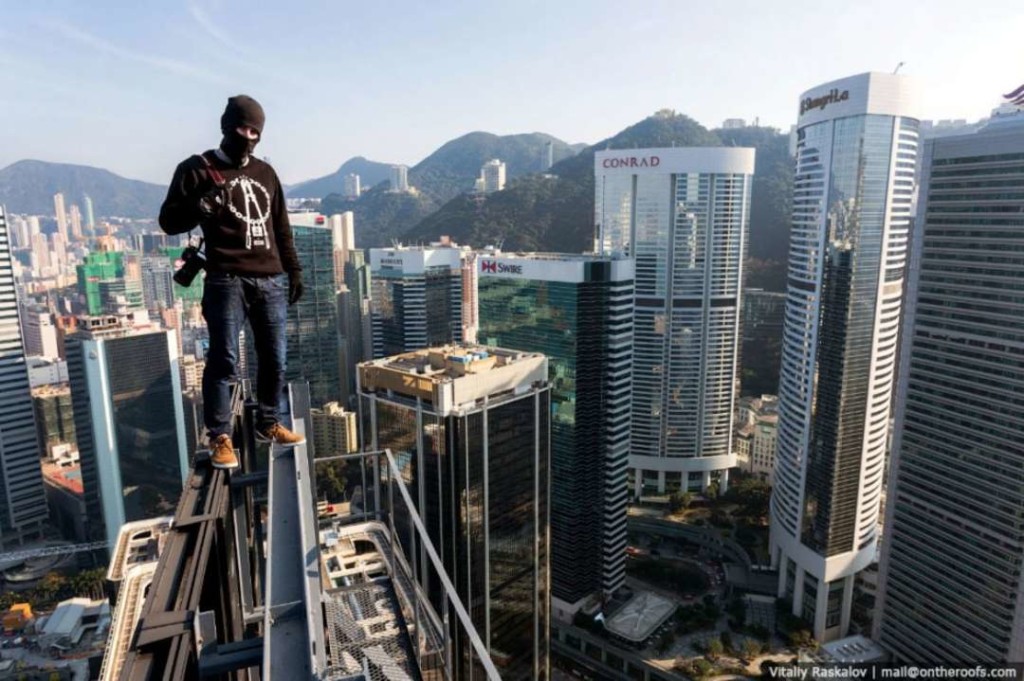
Abstract. Over the last couple of decades, urban sports have been studied – as well as, in many cases, celebrated – as critical forms of using urban space. Urban climbing, a practice also known as ‘street bouldering’, ‘buildering’, ‘structuring’, and ‘stegophilia’, has been much explored in this vein. While we acknowledge the importance of the theoretical move consisting in bringing to light the political and playful dimensions of the urban spatial experience, in this piece we would like to focus on a slightly different question. Rather than emphasising the political of playful import of urban climbing, we propose a theoretical apprehension of it as a powerful means to probe and understand the finest constitution of urban environments and, more amply, urban morphology. By doing so, we wish, on the one hand, to zoom in as closely as possible onto the actual bodily practice of climbing, and, on the other, to attend its methodological implications in terms of a reflection on bodily techniques in the context of a natural history of the city. We describe urban climbing as a peculiar corporeal operation carried out at and, more precisely, on the limits of environmental control. As a place-maker, the climber inhabits a limit, a plane of contingency whose coordinates lie at some point between the necessary and the arbitrary. In conclusion, the article suggests that, by highlighting the meaning of inhabiting a vertical open space of a peculiar kind, a close-up study of urban climbing might help to develop contemporary urban theory.
Keywords: urban theory; urban climbing; urban environment; inhabiting; bodily urban practice; object/environment relations; compositional techniques
Abstract. The image of the city as a stressful place is an evergreen topic. In this article we review the imagination of urban stress, starting from Simmel’s classic thesis that the modern city is an unavoidably psychic-stimulating environment potentially leading to stimuli overload. City dwellers are then supposed to counter stimuli overload with a series of adaptation strategies. However, the ways in which these phenomena can be conceptualised are varied. Historically, a shift of emphasis seems to have occurred from the classic conceptualisation of hyperaesthesia to the contemporary preoccupations with the design of comfortable atmospheres. Such atmospheres are, in fact, comfort bubbles. In the article we tackle the aspirations and predicaments of such engineered atmospheres. In particular, we build on Sloterdijk’s argument that, ultimately, bubbles fail to do away with stress: whereas for Simmel stress anaesthetised urbanites, Sloterdijk has pointed out that, rather, comfort itself stresses them. To better tackle the magmatic stratum of dissatisfaction that seems so coessential to urban life, in the final part of the article we focus on the notion of animosity. We suggest to conceptualise it as a type of disquiet that cannot be reduced to established recognisable interaction formats.
Keywords: Urban Stress; Urban Feelings; Urban Atmospheres; Atmospheric Engineering; Animosity
A seminar at http://resarc.se/courses/index.html, including lecture and workshop with PhD Students
Published in Graffiti and Street Art. Reading, Writing and Representing the City.
Edited by Konstantinos Avramidis, Myrto Tsilimpounidi. London: Routledge, 2017.
A chapter recently appeared in the Routledge Handbook of Graffiti and Street Art, Edited by J.I. Ross.
Pdf here
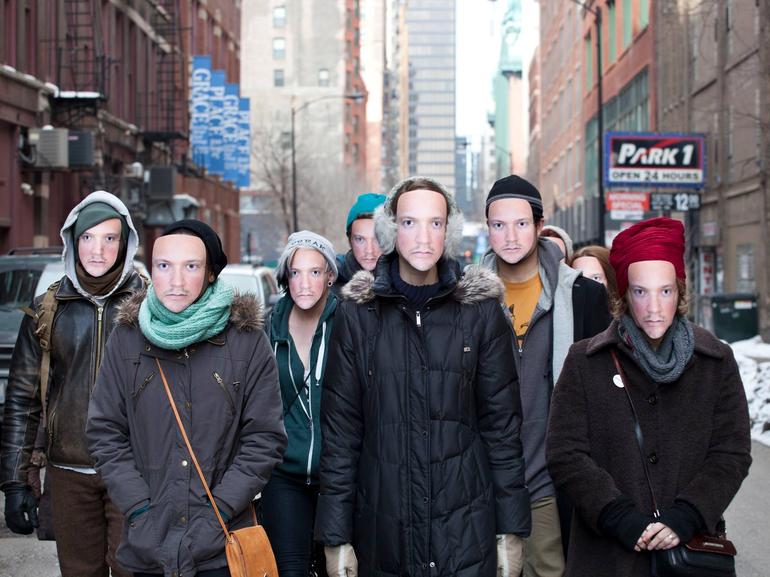
Published in membrana 1/16 – Magazine of Photography
Un intervento a Tracce Urbane, con Paolo Boccagni
Sessione 3- Casa e città: pratiche dell’abitare e processi di home-making nella vita quotidiana
Venerdì 11 dicembre 2015, Politecnico di Milano